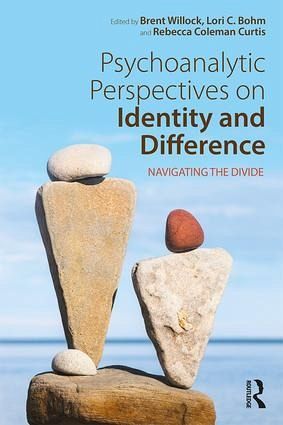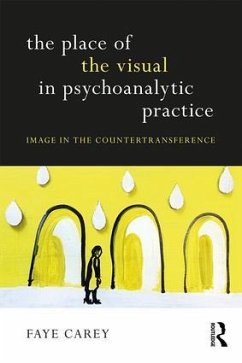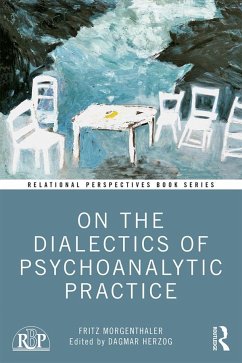
Psychoanalytic Perspectives on Identity and Difference
Navigating the Divide
Herausgeber: Willock, Brent; Coleman Curtis, Rebecca; Bohm, Lori C
Versandkostenfrei!
Versandfertig in über 4 Wochen
59,99 €
inkl. MwSt.

PAYBACK Punkte
30 °P sammeln!
Every day, clinicians encounter challenges to empathy and communication while struggling to assist patients with diverse life histories, character, sexuality, gender, psychopathology, cultural, religious, political, racial, and ethnic backgrounds. Most writing pertaining to ideas of similarity, discrepancy, and 'the Other' has highlighted differences. Psychoanalytic Perspectives on Identity and Difference: Navigating the Divide offers a different focus, emphasising points of contact, connection, and how divisions between people can be transcended.












